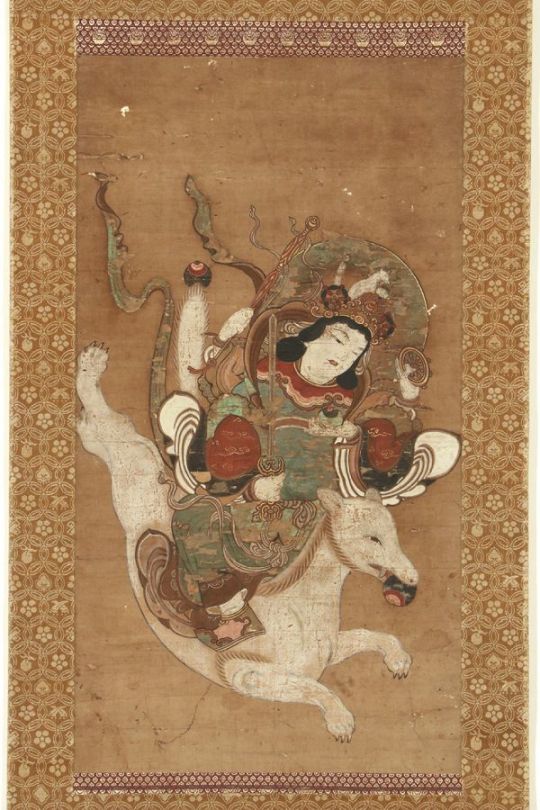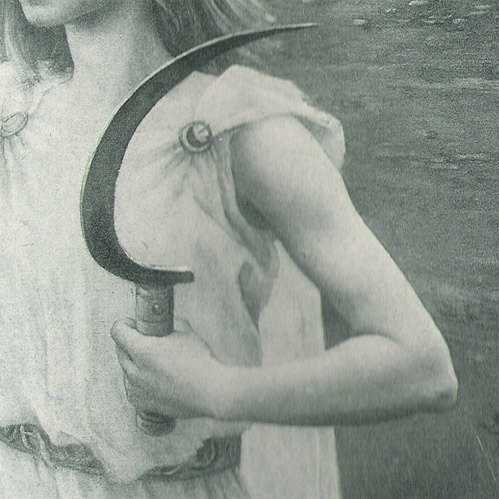Photo

Thirteenth-century sculpture of the itinerant semi-official monk Kūya (空也) (903-972), the “marketplace saint” who was an early proselytizer spreading devotion to Amida Buddha among everyday folks & founder of the temple that would become Rokuharamitsuji, by the Buddhist sculptor Kōshō (康勝)–son of the better known sculptor Unkei (運慶)–at Rokuharamitsuji Temple (六波羅蜜寺) in Kyoto
Note the six figures of Amida Buddha (阿弥陀如来) emanating from his mouth, one for each syllable of the intoned nenbutsu
From a set of postcards acquired at the temple August 15, 1996
65 notes
·
View notes
Photo

Kerry James Marshall’s ‘Vignette’, acrylic / fiberglass, 2003
732 notes
·
View notes
Text







That's what Toji took from us, just because he was poor
940 notes
·
View notes
Photo

Impulse, instinct or intuition, Applied psychology, geometry and astronomy, 1919
4K notes
·
View notes
Text

Untitled (Pin-up), Kerry James Marshall, 2014
Acrylic on PVC panel 73 ⅞ x 61 ⅞ in. (187.6 x 157.1 cm)
44 notes
·
View notes
Photo

A hanging scroll of the goddess Dakiniten (荼枳尼天) at Tōfukuji Temple (東福寺) in Kyoto, invoked generally for prosperity and fecundity, grasping a treasure rod and dharma wheel with her upper hands and a wisdom sword and wish-granting jewel with her lower hands,
Color on paper dating to the Muromachi period (1336-1573), attributed to the artist Kichizan Minchō (吉山明兆) (1352-1431), a.k.a. Chōdensu (兆殿司) or Hasōai (破草鞋)
41 notes
·
View notes
Photo



Chakana Geoglyph - Nazca
The word “Chakana” can be traslated as portal door or even Bridge
2K notes
·
View notes









